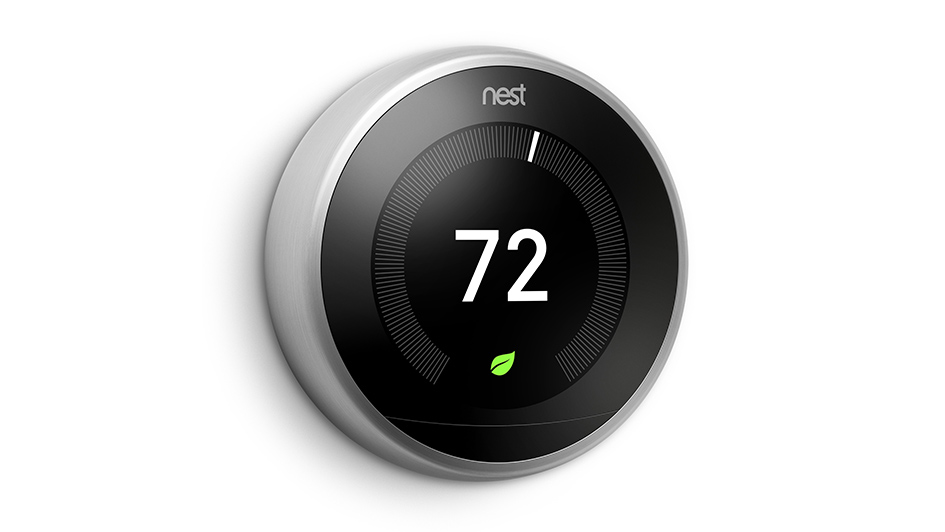
The Nest thermostat is one of the top-selling smart thermostats you can get. And for good reason. It picks up on your temperature preferences and creates an energy-efficient schedule to match. And through geofencing with your phone, the Nest Learning Thermostat and Nest E realize when you’re at your home or gone and can raise and lower settings to help you save even more.
The Nest can be used with a vast range of 24-volt heating and cooling systems, but it’s always a smart idea to check the Nest thermostat compatibility checker before purchasing one. Don’t forget to check with your energy company for valuable rebates, since you could be able to get a Nest for free or close to it.
Once you’ve confirmed it’s compatible, you can either hook it up on your own or call a HVAC specialist like Pepper AC & Heat. If you’re installing it yourself, you’ll see a terminal for the C-wire, or common wire. This wire is solely used for powering your thermostat. If your residence or HVAC system is older, you might not have one of these wires. Most of the time, Nest says this isn’t an issue because the thermostat can draw adequate power from other heating and cooling wires.
Sometimes, your heating and cooling system might have to have that C-wire. And here’s why.
Why Your Nest Keeps Losing Power and Other Malfunctions
The Google Nest Thermostat is better than outdated programmable thermostats that use a combination of wiring and AA batteries for power. It uses a rechargeable lithium-ion battery and wiring to connect to Wi-Fi, power its digital display and turn on your heating and cooling system.
8 Common Nest Thermostat Malfunctions
If it can’t draw enough power, Nest says you may have some of these troubles:
- Poor battery life.
- Thermostat motion sensing is disabled.
- Your thermostat occasionally disconnects from Wi-Fi.
- Your system abruptly turns on or off, or won’t shut off.
- Your system is producing weird noises, like chattering, stuttering, clicking or thumping.
- Heating or cooling is short cycling, or frequently turning on and off in a short period of time.
- There is a delay notice on your Nest thermostat’s screen, along the lines of “heating is delayed for 2:30 minutes.”
- The system fan is always on, won’t run or turns off and on frequently in a short period of time.
You might worry something is up with your heating and cooling system, but if you just got the Nest, it’s best to check your thermostat first. This is especially pertinent if the weather is temperate, and you haven’t been relying on your heat or air conditioning much.
Our Pros Can Fix Nest Thermostat Issues
If you’ve tried Nest thermostat troubleshooting by yourself but can’t fix the issue, a smart thermostat professional including one from Pepper AC & Heat can support you. We can pinpoint the issue and put in a C-wire, if needed.
Smart thermostats including the Nest are designed to make your life easier, with automatic energy-efficient programming and the ability to monitor temperatures while you’re away from home. It’s a time-consuming experience when yours won’t run correctly, but our heating and cooling pros at Pepper AC & Heat can fix the problem quickly.
If you’re experiencing weird heating and cooling behavior with your new Nest, reach out to us at 940-202-1184 to set up your appointment right away.


